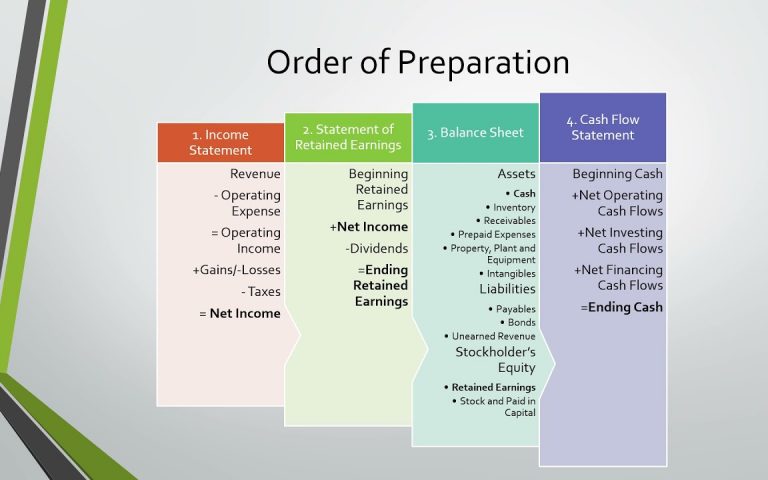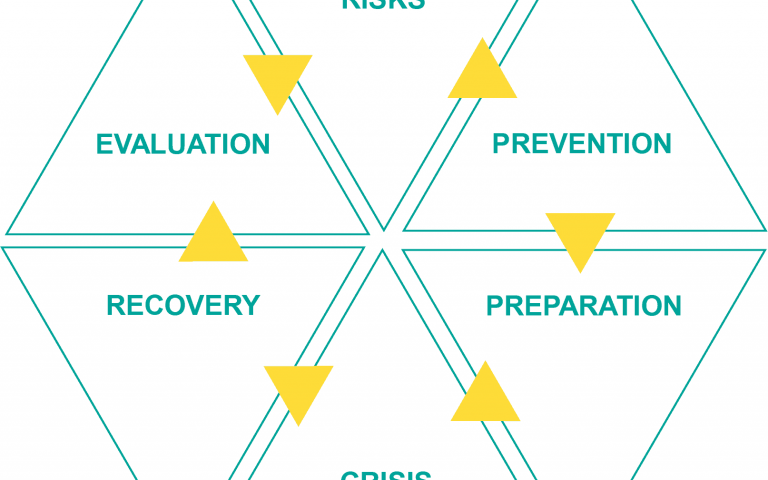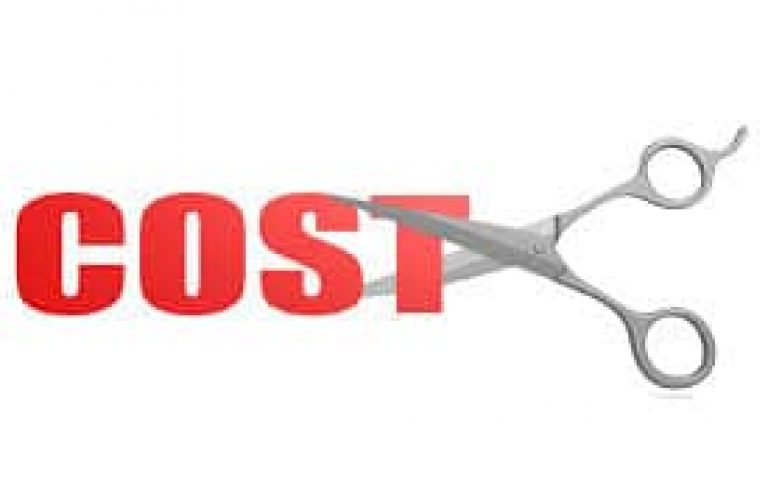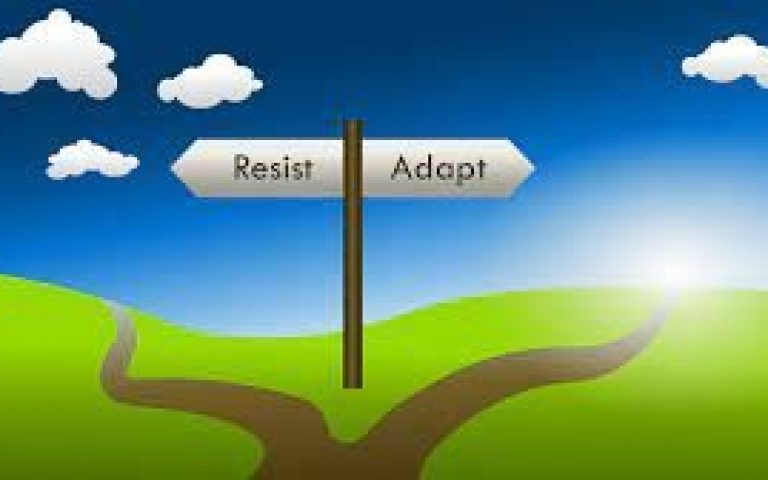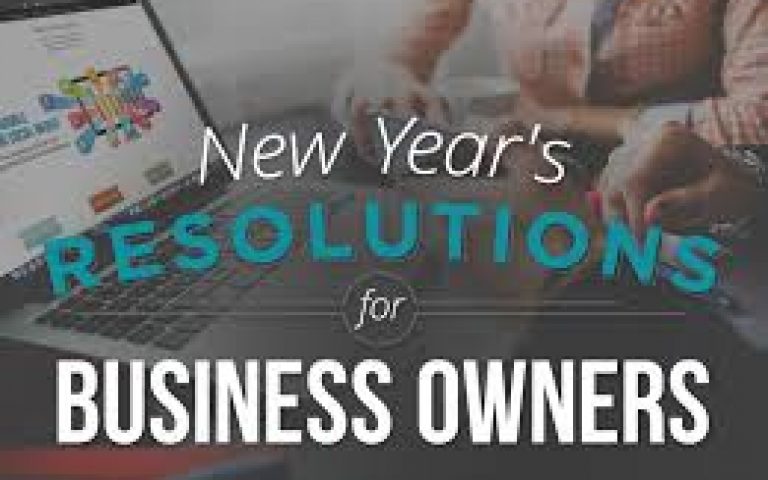Building a Minimum Viable Product: Testing and Refining: Every successful business begins with an idea, but not every idea is ready for the market in its earliest form. Entrepreneurs are often filled with enthusiasm for their vision, but enthusiasm alone is not enough to guarantee success. The challenge is determining whether a concept can actually deliver value to customers in the real world. One of the most effective ways to reduce risk, gather evidence, and move forward with confidence is by developing a Minimum Viable Product, or MVP.
An MVP is a simplified version of a product that contains only the essential features needed to solve a key customer problem. It is not designed to be perfect or polished but to act as a testable representation of the broader vision. By introducing an MVP to the market early, entrepreneurs can quickly learn whether their idea resonates, how customers interact with it, and which aspects need refinement. This process prevents the common mistake of spending months or years developing a product that ultimately misses the mark.
The strength of an MVP lies in its disciplined focus. Rather than chasing a long list of features, entrepreneurs must identify the minimum functionality required to prove the concept’s value. This requires asking hard questions about what customers truly need versus what may simply be “nice to have.” For example, a ride-sharing platform does not need sophisticated algorithms, loyalty programs, or multi-tiered pricing models at the start. What it does need is a reliable way for a rider to request transportation, for a driver to accept the request, and for the two to connect. Those basics provide the foundation on which more advanced capabilities can later be built.
It is important to note that creating an MVP does not mean cutting corners. Customers should still receive a product that functions well, addresses a specific problem, and feels intentional in its design. The difference is that unnecessary complexity is stripped away. Entrepreneurs who try to present an MVP that is sloppy or unreliable risk undermining the entire testing process because poor execution will obscure whether the idea itself has potential.
Once an MVP is launched, the next stage is gathering feedback. This is where the true value of the approach is realized. Direct customer input reveals how people actually use the product compared to how the entrepreneur expected them to. Sometimes feedback confirms the original vision. Other times it highlights unanticipated needs or reveals that certain features assumed to be critical are largely ignored. Each reaction becomes data that can guide the next iteration of the product.
Iteration is the lifeblood of building a successful business around an MVP. The goal is not to release the minimum version and then stop. Instead, the MVP should serve as the first step in a cycle of learning, refining, and improving. Every update should be shaped by evidence rather than guesswork. This steady process of testing assumptions and adjusting course reduces waste, lowers costs, and ensures that time is invested in what matters most to customers.
The MVP approach also provides strategic flexibility. If customer feedback indicates that the original idea is not viable, entrepreneurs can pivot before committing significant resources. This ability to make early adjustments often marks the difference between a failed project and a breakthrough success. Many well-known companies began with modest MVPs that looked very different from the mature products people know today. Their willingness to learn and adapt gave them the foundation to scale effectively.
Building an MVP is not just about saving money. It is about building smarter. By focusing on the essentials, entrepreneurs develop a clearer understanding of their target market, sharpen their value proposition, and create a culture of responsiveness. This approach encourages humility, because it requires acknowledging that assumptions may be wrong, but it also encourages resilience, because every round of feedback makes the product stronger.
In today’s fast-moving business environment, agility is often the difference between thriving and fading into obscurity. Markets evolve, customer expectations shift, and new competitors emerge quickly. By embracing the MVP method, entrepreneurs place themselves in a position to respond quickly, validate ideas continuously, and refine their business strategy in real time. The result is not only a stronger product but also a smarter path to growth that balances ambition with practicality.
The journey from concept to market-ready business is rarely straightforward. Entrepreneurs who attempt to perfect every detail before launch often find themselves stalled, drained of resources, or blindsided by realities they could have discovered earlier. In contrast, those who commit to testing and refining through an MVP learn faster, fail smaller, and succeed bigger. The Minimum Viable Product is more than a tool for product development. It is a mindset of discipline, curiosity, and adaptability that can transform the way businesses grow from idea to impact.
***
TITAN Business Development Group, LLC
business coaching | advisory | exit planning









